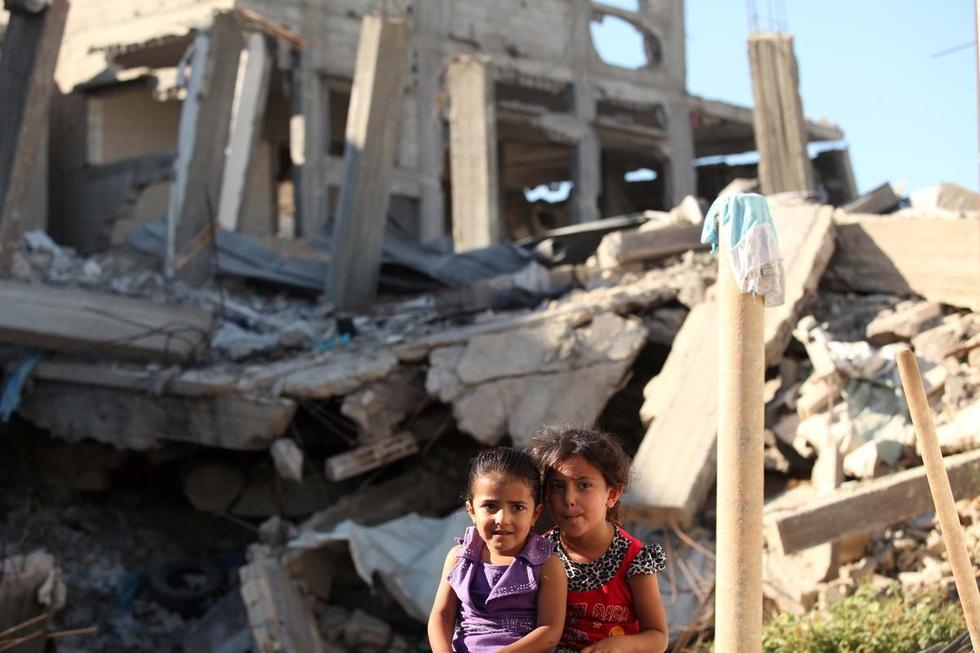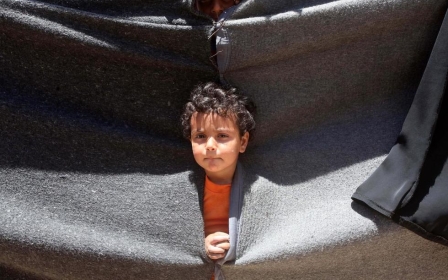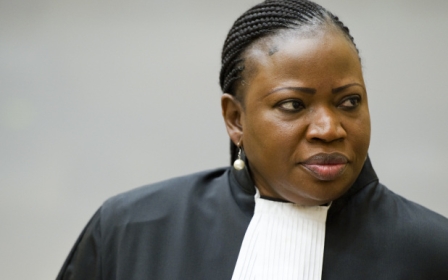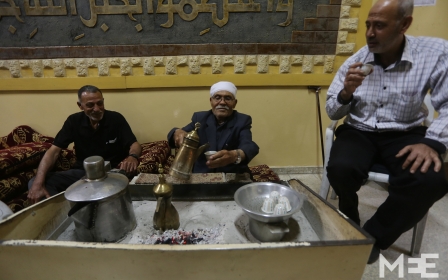The UN’s Gaza report is flawed but important

In a report released on 22 June 2015, the United Nations Human Rights Council’s (UNHRC) documents some of the crimes the Israeli state committed during Operation Protective Edge.
The report has significant weaknesses. The investigation takes as its starting point 13 June 2014, which is the first day that any rockets were fired at Israel from Gaza. Choosing this start date means implicitly accepting the Israeli state’s contention that this round of fighting began because of Palestinian rocket fire. A more accurate starting point is 11 June 2014, when “the Israeli Air Force targeted an alleged member of an armed group riding on a motorcycle together with a ten-year old child,” which instantly killed the man and lead to the child’s death three days later.
Moreover, in places the report’s language misleadingly implies that the Israeli state and Palestinian armed groups violated international law to a comparable extent such as when the authors write that they have found “substantial information pointing to serious violations of international humanitarian law and international human rights law by Israel and by Palestinian armed groups”.
Israel's culpability obscured
Presenting Protective Edge in this way is ridiculous given that the UNHRC believes Palestinians are responsible for the deaths of six Israeli civilians whereas the Israeli military killed 1,462 Palestinian civilians.
Equally problematic is that the report comments on “the immense suffering of Palestinian and Israeli victims, who have been subjected to repeated rounds of violence” without differentiating between the degrees of this suffering or noting Israel’s overwhelming responsibility for the war and for the dire conditions in which Palestinians have lived since 1948.
The actual evidence presented in the report, however, demonstrates that understanding the war in these ways is absurd. Despite its flawed rhetoric, the document is a chronicle of the massive atrocities Israel carried out. The scale of the crimes the UNHRC attributes to Israel in the report and the damage caused by them are vastly greater than anything attributed to the Palestinian armed factions.
The report describes Israeli forces bombing residential buildings in “what appears to have been targeted airstrikes”; “the use of artillery and other explosive weapons with wide-area effects in densely populated areas; the destruction of entire neighbourhoods in Gaza;” the bombing of schools and medical facilities.
Suffer the children
On the whole, the report is an archive of the incredible brutality of the Israel state. Consider the following cases examined therein: the seven children, including one baby, killed at the al-Sayam family home; the five children under 12 killed at the home of the al-Farra family; the three children under 12 in the Shuheibar family who were killed.
The UNHRC notes that all of these children were outside and thus visible to the technologically sophisticated Israeli military and that “precision weapons appear to have been used, which indicates that specific objectives were targeted”. In short, the report shows that the Israeli military killed children on purpose.
In the Shujaya neighbourhood, Israel’s army killed 55 civilians in a two-day period and razed the area. The report finds that “the length of the intensive shelling (more than six hours), together with the observation and intelligence means that the [Israeli military] had at its disposal in Gaza, would have allowed those responsible for the attack to receive opportune information as to the dire impact of the shelling on civilians and civilian objects”. In other words, the Israeli army knew how much harm it was inflicting on civilians in Shujaya and did not stop.
'Everything turned into a target'
Similarly, the Israeli military attacked the roads into and out of Khuzaa and “nobody was allowed to move in or out of the village. It became a zone of active fighting, everything in it was turned into a target”. Furthermore, “the electricity was cut and reports indicate that many water tanks on the rooftops of homes were attacked and destroyed by the [Israeli army].” Sixty-eight people, at least 14 of them civilians, were killed in Khuzaa as “Neighbourhoods with homes sheltering hundreds of families came under intense fire from the air and the ground”.
In Rafah, Israel’s military killed 100 people on 1 August, including 75 civilians. There, according to the UNHRC, Israel appears to have targeted all vehicles, military or civilian, including ambulances. This “amounts to a deliberate attack against civilians and civilian objects”. The report finds it very likely that, because of Israeli aircraft, “commanders on the ground quickly gained knowledge of the calamitous impact of the attacks on civilians and civilian objects” but kept attacking for hours.
Israeli propaganda debunked
Key talking points employed by pro-Israel propagandists during the war are also debunked in the report. When Israel sent ground troops into Gaza, it claimed it was necessary to do so to protect Israeli civilians from attacks carried out through tunnels from Gaza.
The commission that authored the report, however, “observes that during the period under examination, the tunnels were only used to conduct attacks directed at [Israeli military] positions in Israel in the vicinity of the Green Line, which are legitimate military targets”. Whereas apologists for Israel boast that the country’s military notifies civilians of impending attacks, the UNHRC describes many cases in which no such warnings were provided and many Palestinian civilians were killed.
In these senses, the UNHRC’s report is a testament to the Israeli state’s appalling treatment of Palestinians. While aspects of the document are presented in ways that obscure who is to blame for the war and that occlude the enormous disparity in the scale of the pain inflicted, this framing is undercut by the report’s own findings. Fair-minded readers will have no difficulty identifying the oppressor and the oppressed.
- Gregory Shupak is an author and activist who teaches media studies at the University of Guelph in Canada.
The views expressed in this article belong to the author and do not necessarily reflect the editorial policy of Middle East Eye.
Photo: Palestinian kids are seen inside a damaged building in Huzaa neighbourhood of Khan Yunis, Gaza on June 22, 2015. (AA)
New MEE newsletter: Jerusalem Dispatch
Sign up to get the latest insights and analysis on Israel-Palestine, alongside Turkey Unpacked and other MEE newsletters
Middle East Eye delivers independent and unrivalled coverage and analysis of the Middle East, North Africa and beyond. To learn more about republishing this content and the associated fees, please fill out this form. More about MEE can be found here.





